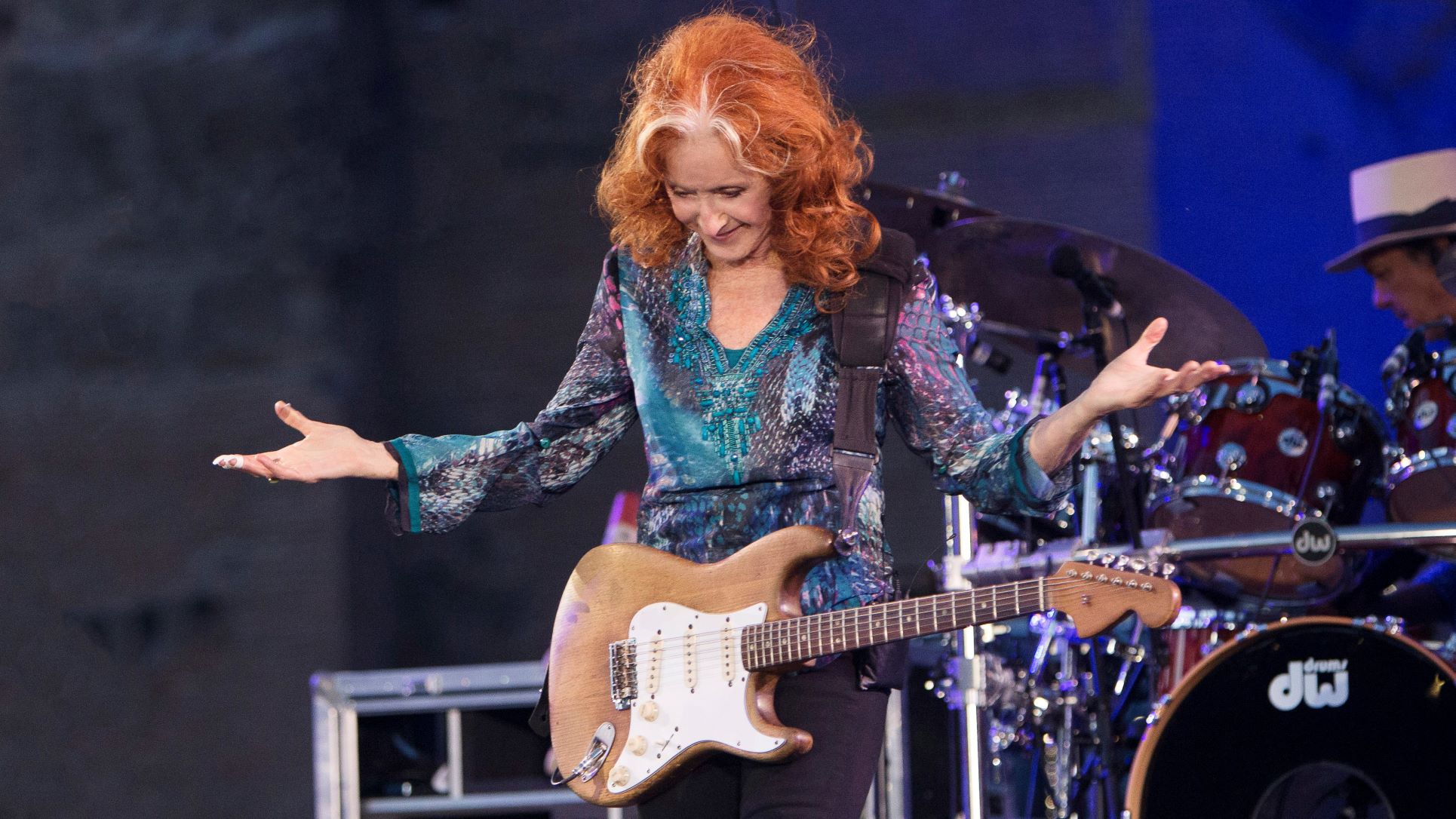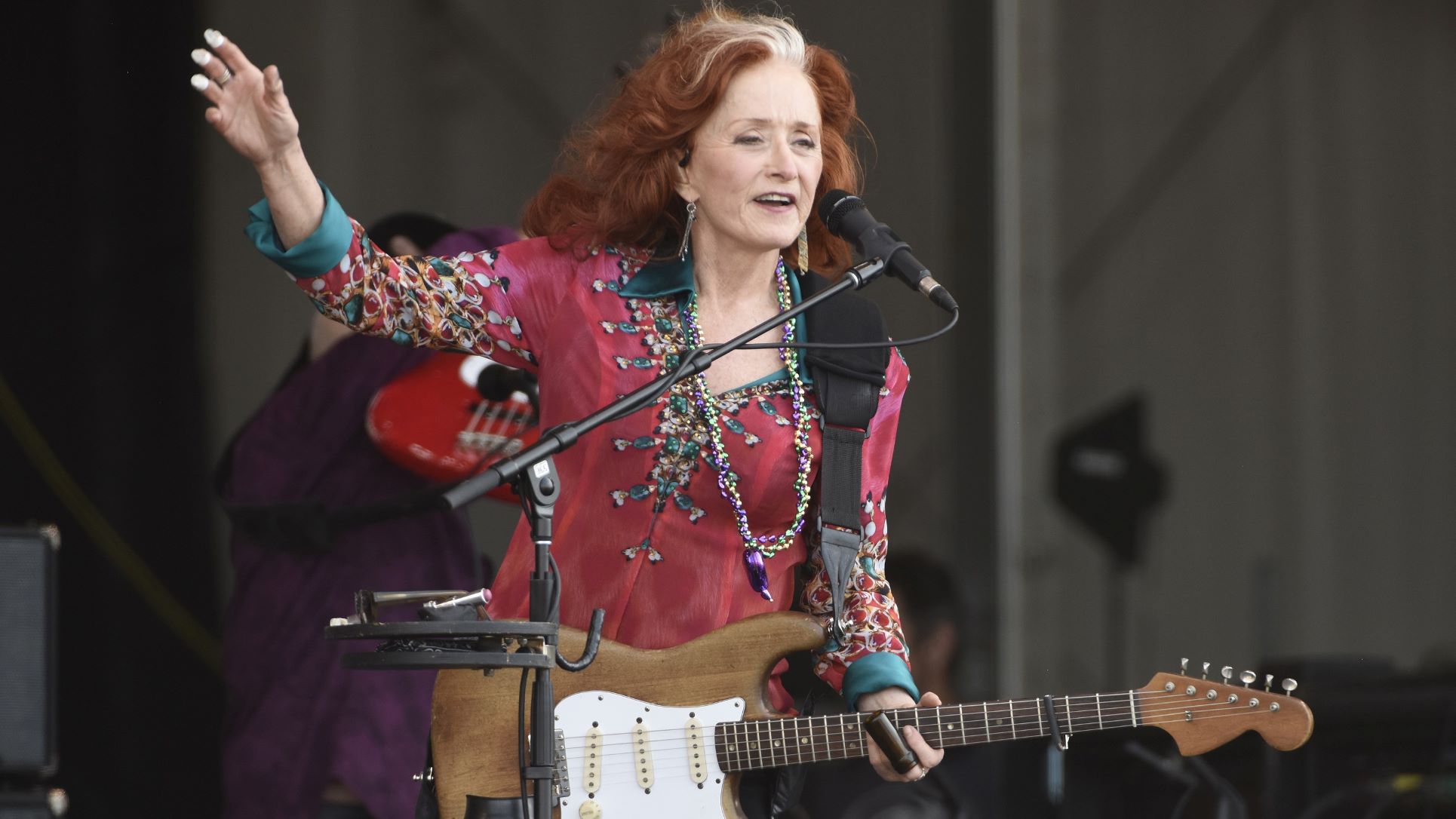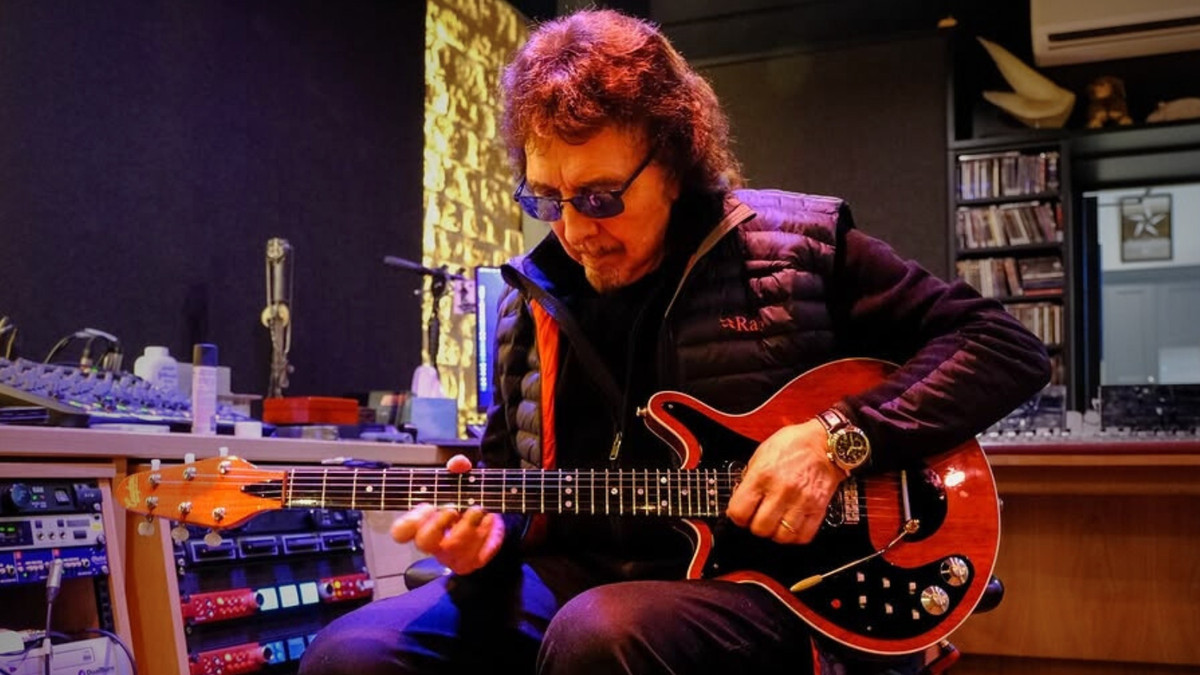Five Reasons Bonnie Raitt is a Guitar Legend
Here’s why the blues guitar phenom continues to be a leading light.

B.B. King called her the “best damn slide player working today.” Indeed, with a glass slide on the second finger of her left hand, Bonnie Raitt coaxes a voice from her Fender Stratocaster as tough, sensuous and expressive as her own. Here are five reasons she remains a blues guitar legend…
1. Philadelphia
Her decades-long career almost didn’t happen. Born in Burbank, California, in 1949, to the Broadway musical star John Raitt and pianist Marjorie Haydock, Raitt began playing guitar at a young age before attending Radcliffe College and majoring in Social Relations and African studies.
While there, she got friendly with blues promoter Dick Waterman and moved with him and other musicians to Philadelphia. “It was an opportunity that young white girls just don’t get,” she said, “and as it turns out, an opportunity that changed everything.”
2. “Runaway”
Raitt was opening for “Mississippi” Fred McDowell at the Gaslight Cafe in Greenwich Village in 1970, when a reporter from Newsweek caught her performance and began to spread the word about her. Soon after, she signed with Warner Bros. and released her self-titled debut.
Raitt’s record sales were modest, but in 1977 she had her commercial breakthrough with a bluesy remake of Del Shannon’s 1961 hit, “Runaway.” The song raised her profile, and in 1980, she appeared as herself in the film Urban Cowboy, singing “Don’t It Make Ya Wanna Dance.”

3. Perseverance
The 1980s proved tough, as Warner dropped Raitt and she battled substance abuse. In 1988, she met producer Don Was while recording a track for the Disney tribute album Stay Awake, and the two subsequently worked on her 10th album, 1989’s Nick of Time. Featuring the singles “Nick of Time,” a cover of John Hiatt’s “Thing Called Love” and “Have a Heart,” the record went to the top of the charts and swept the Grammys.
Raitt’s streak rolled along with Luck of the Draw, Longing in Their Hearts and the live Road Tested, and she turned in a Grammy-winning performance of “I’m in the Mood” with John Lee Hooker on his album The Healer. Her career has continued to thrive ever since, with her last five studio albums reaching into the Billboard Top 20, and 2012’s Slipstream debuting at the top of the Rock and Blues Albums charts.
All the latest guitar news, interviews, lessons, reviews, deals and more, direct to your inbox!

4. Political Activism
A politically active artist, Raitt advocates against the use of nuclear energy and is a founding member of Musicians United for Safe Energy. In 1979, she organized five concerts for MUSE at Madison Square Garden, featuring Bruce Springsteen, Tom Petty and the Heartbreakers, and many others, resulting in the album and film No Nukes. Raitt has also financed headstones for the graves of several blues legends, including Fred McDowell and Memphis Minnie.
5. Accolades
In March 2000, Raitt was inducted into the Rock and Roll Hall of Fame and in 2002 she received a star on the Hollywood Walk of Fame. As the blues’ premier female guitarist, she continues to enthrall and inspire.
Guitar Player is the world’s most comprehensive, trusted and insightful guitar publication for passionate guitarists and active musicians of all ages. Guitar Player magazine is published 13 times a year in print and digital formats. The magazine was established in 1967 and is the world's oldest guitar magazine. When "Guitar Player Staff" is credited as the author, it's usually because more than one author on the team has created the story.
